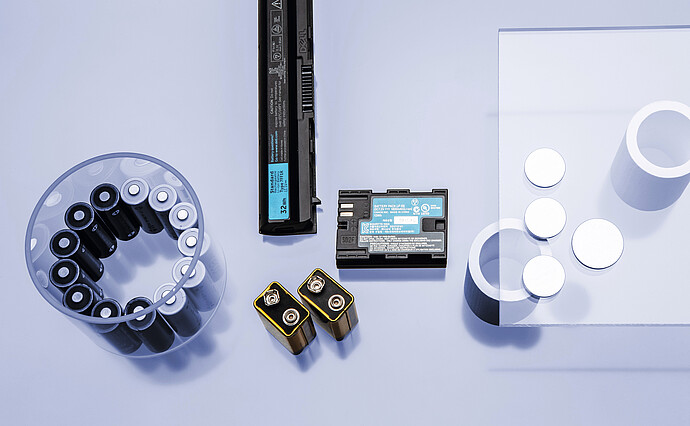
The Day of the Battery
2024-02-18 | Corporate
February 18 is Battery Day – it is also the birthday of its inventor, the Italian physicist Alessandro Volta. He probably could not have imagined 224 years ago how the battery would develop and how many different types of battery there are today.
The history of the battery begins in 1800 with Alessandro Volta, an Italian physicist who invented the Voltaic column, considered to be the first real battery.This groundbreaking invention consisted of alternating disks of zinc and copper, separated by an absorbent material immersed in salt water, and enabled the continuous generation of electricity for the first time. From there, the development of batteries took off rapidly, from the early lead-acid batteries to the modern lithium-ion batteries that are used today in a variety of applications from pacemakers to cell phones and electric cars.
Anton Paar instruments are leaders in the fastest growing industry segment
However, the safety, performance, and lifetime of a battery will only be as good as the materials that go into making it. Specifically, the electrodes, separator, and electrolyte need to be fully characterized and monitored from the time they enter the production facility until they are incorporated into the final product.
Parameters that have to be measured include: electrode surface area, crystal structure, particle and crystallite size, pore size, electrode slurry flow and curing properties, chemical purity of raw materials, separator pore size and structure properties, electrolyte viscosity, density, and flash point. Of course, all of this can be analyzed with Anton Paar measuring instruments.
In the YouTube series The Battery Experts, Anthony Chalou, Market Development Manager, provides an overview of the most common characterization technologies used in the research, development and production of lithium-ion batteries.